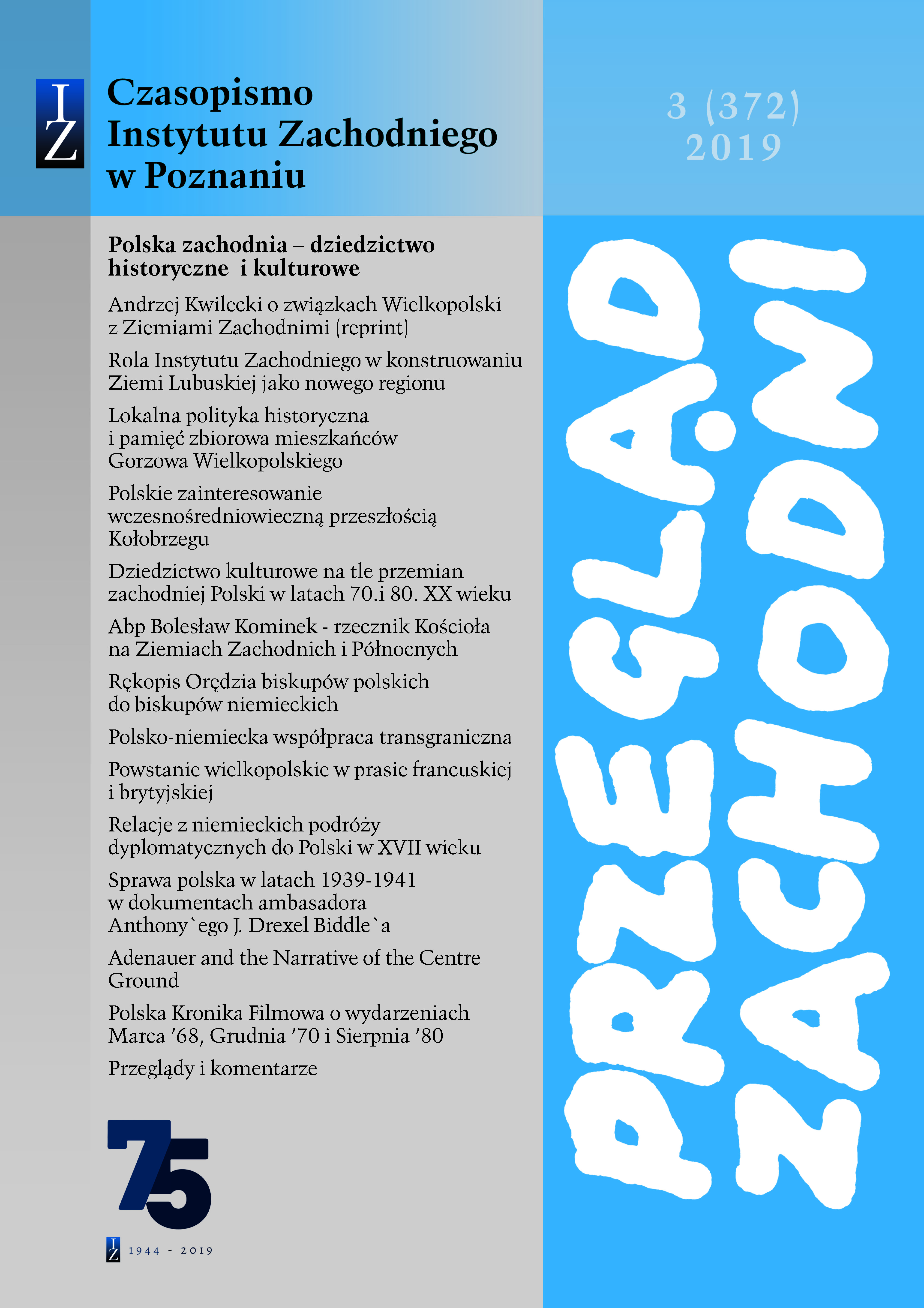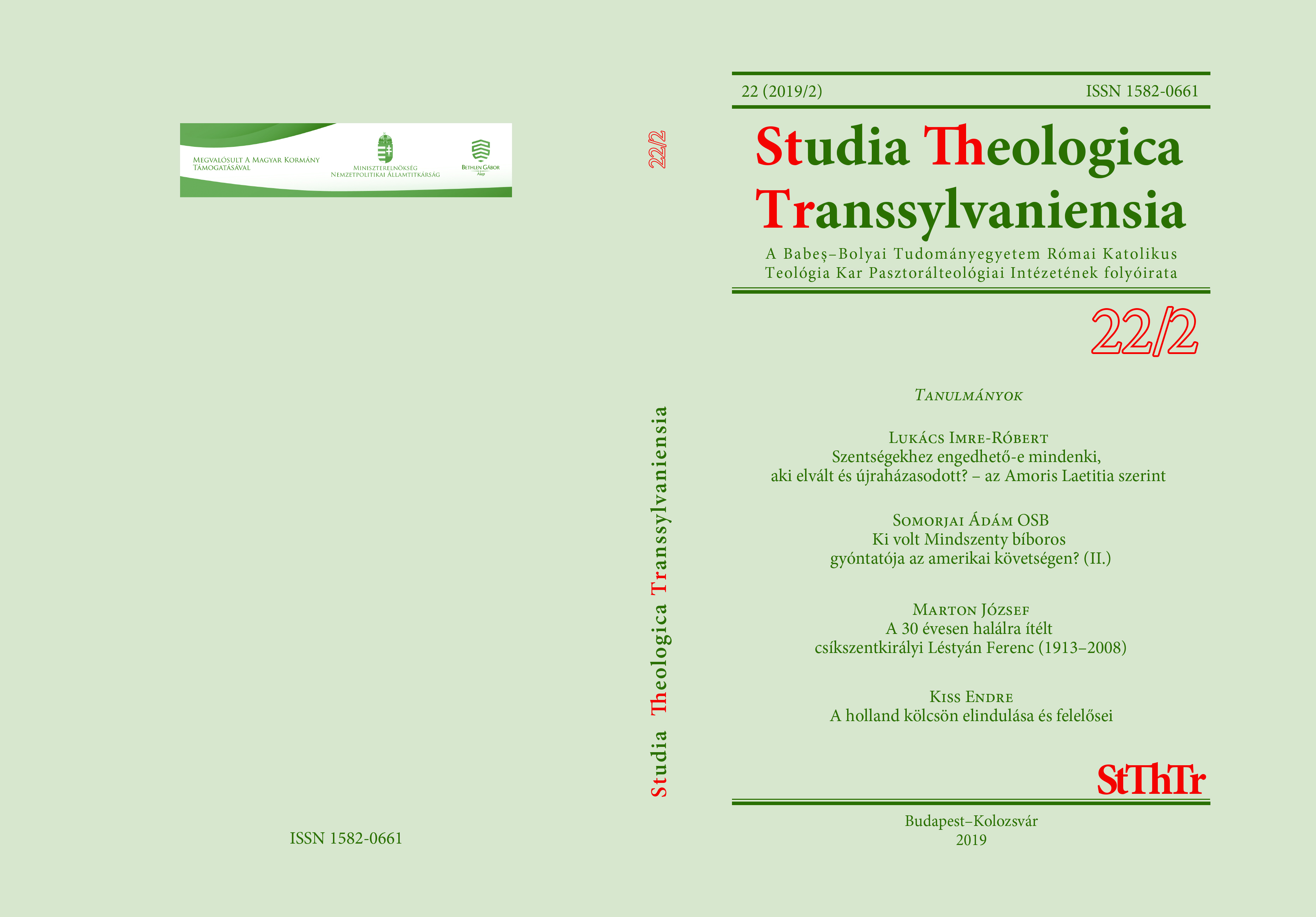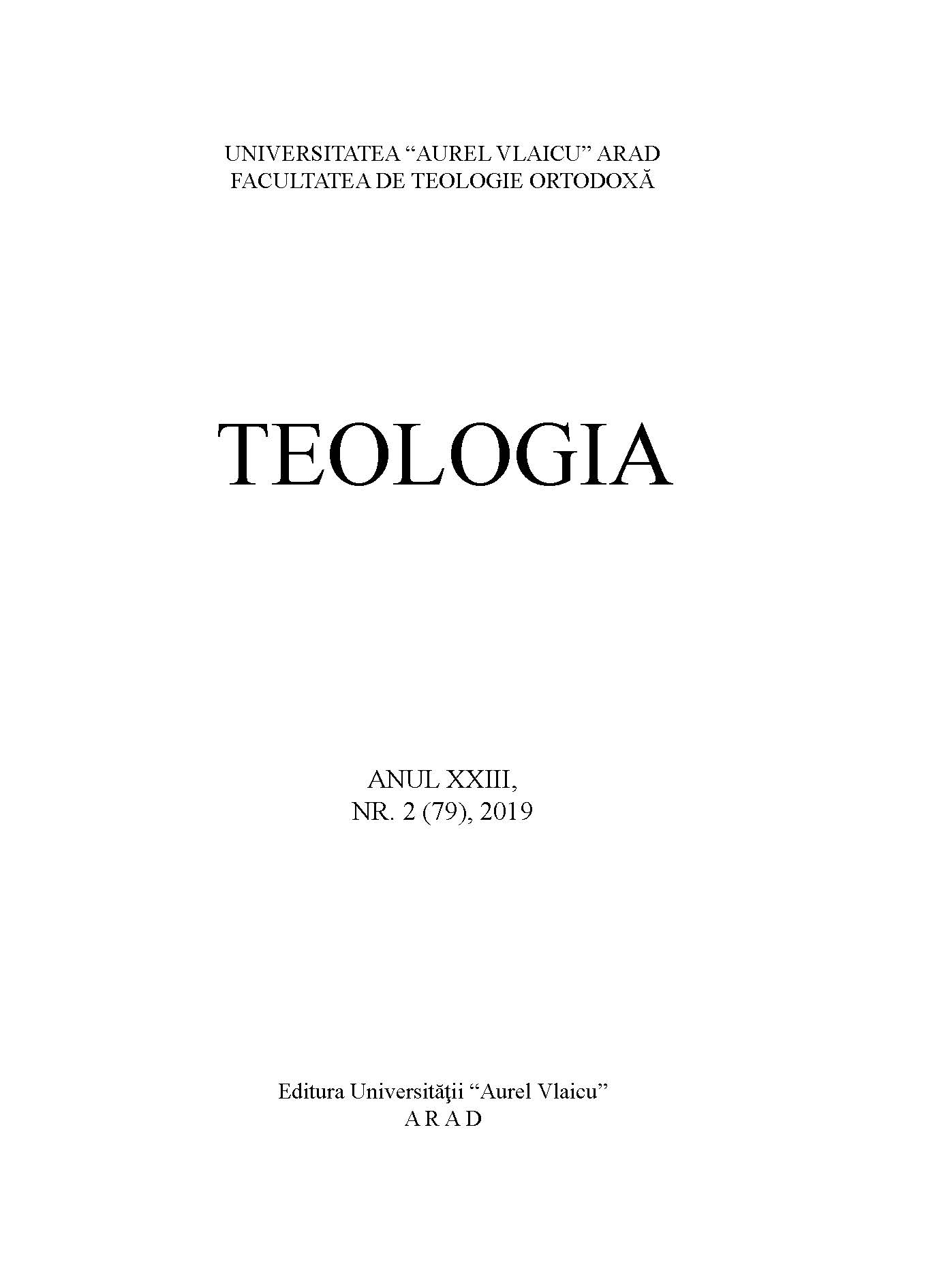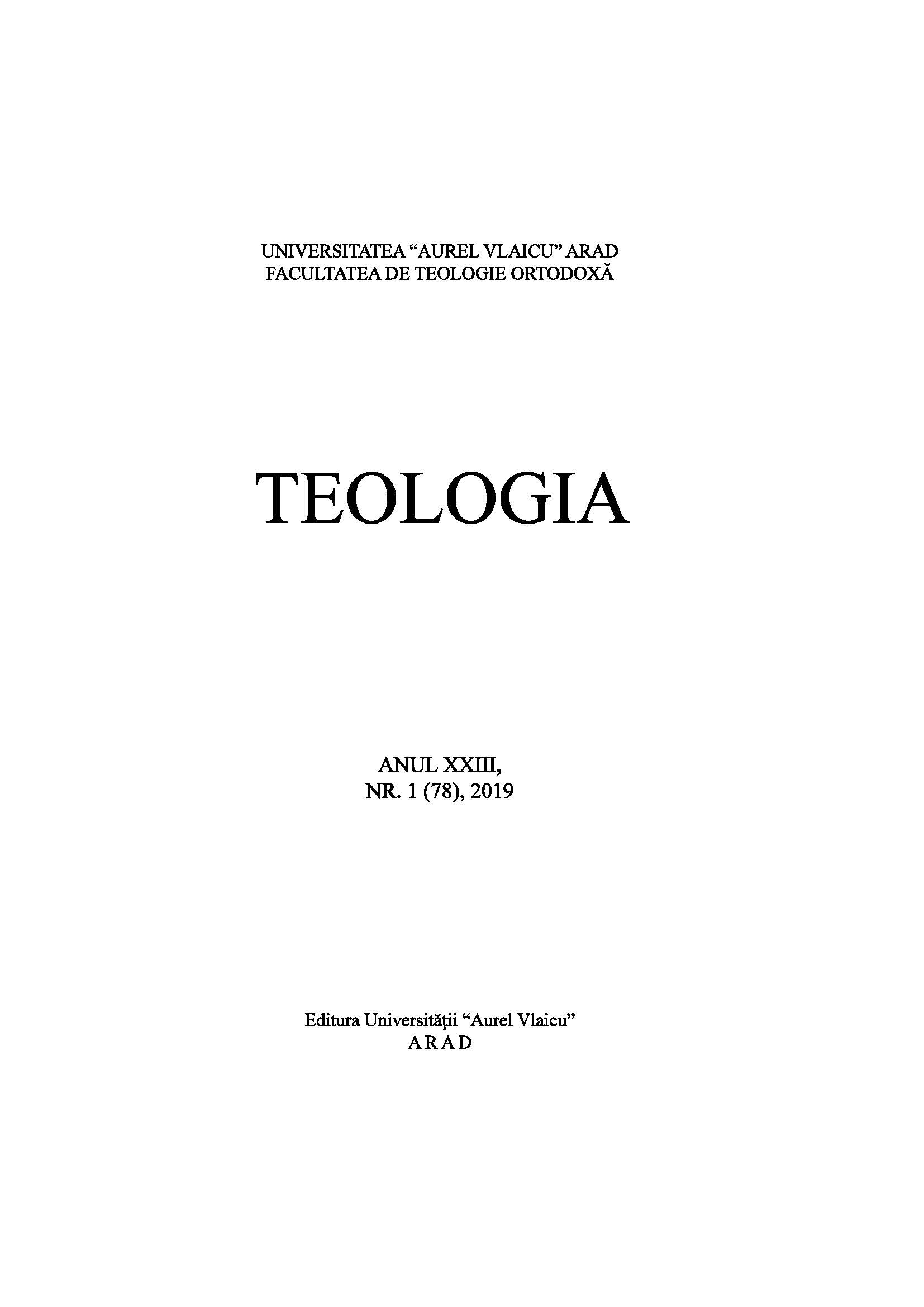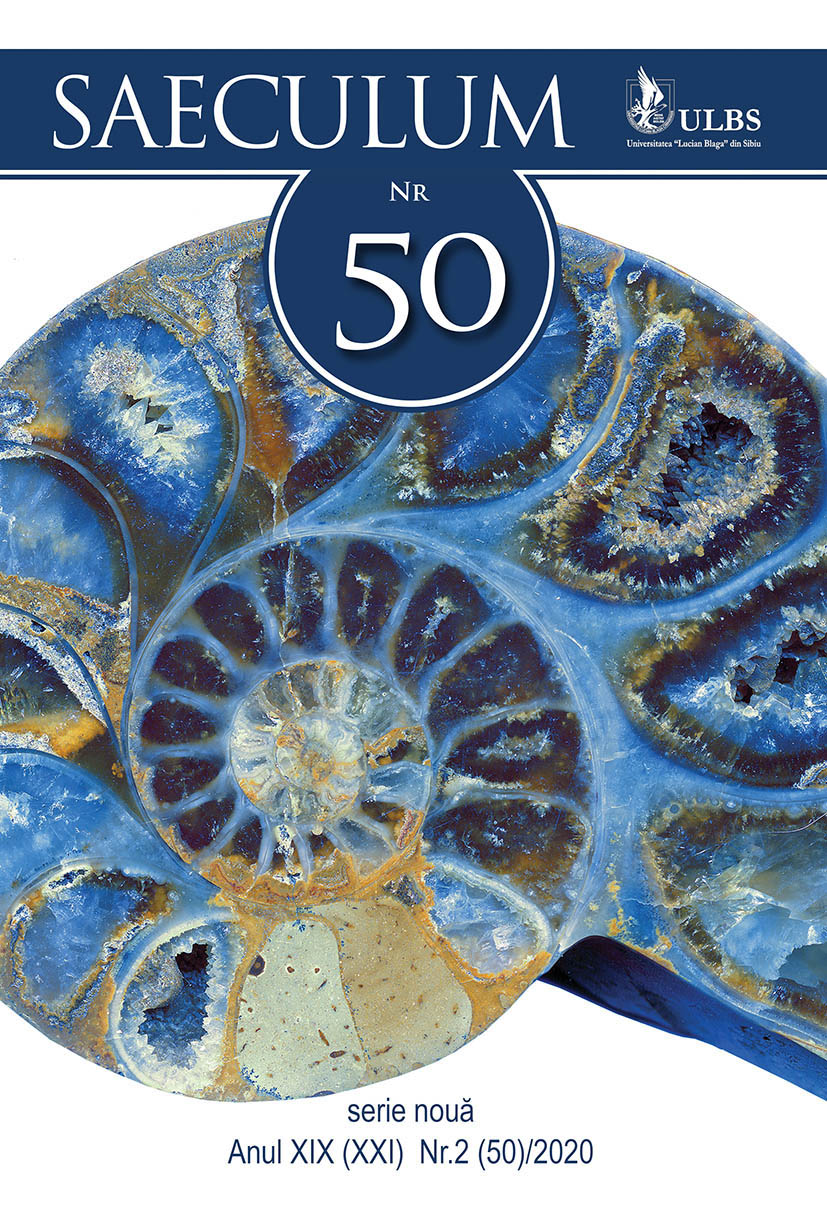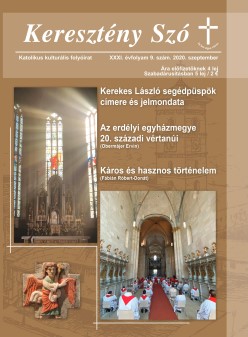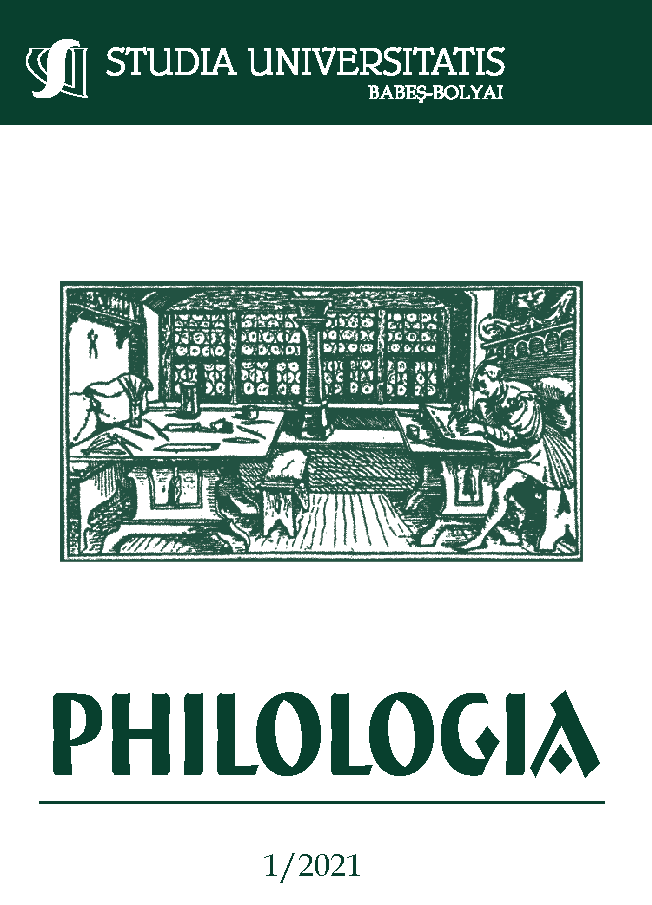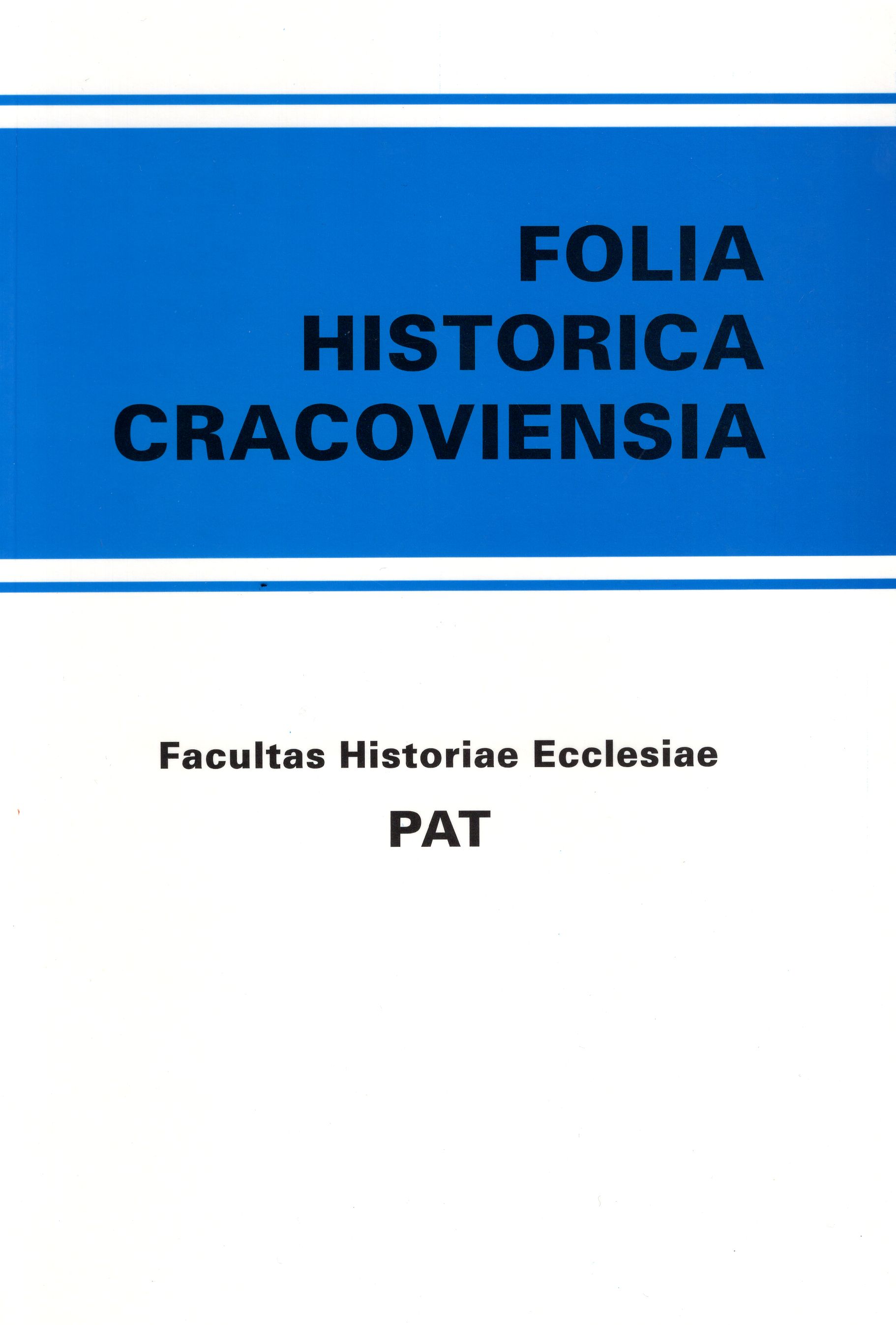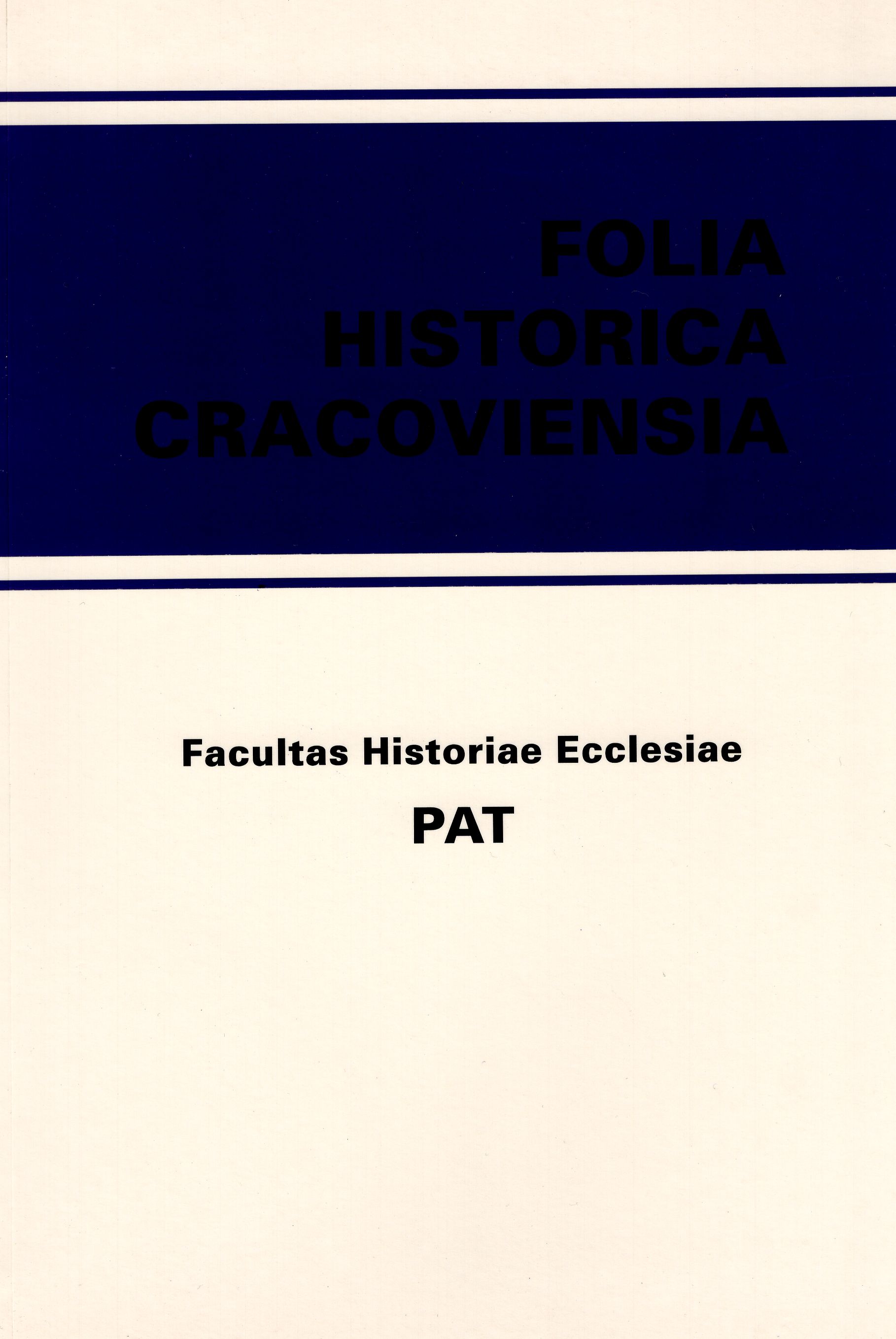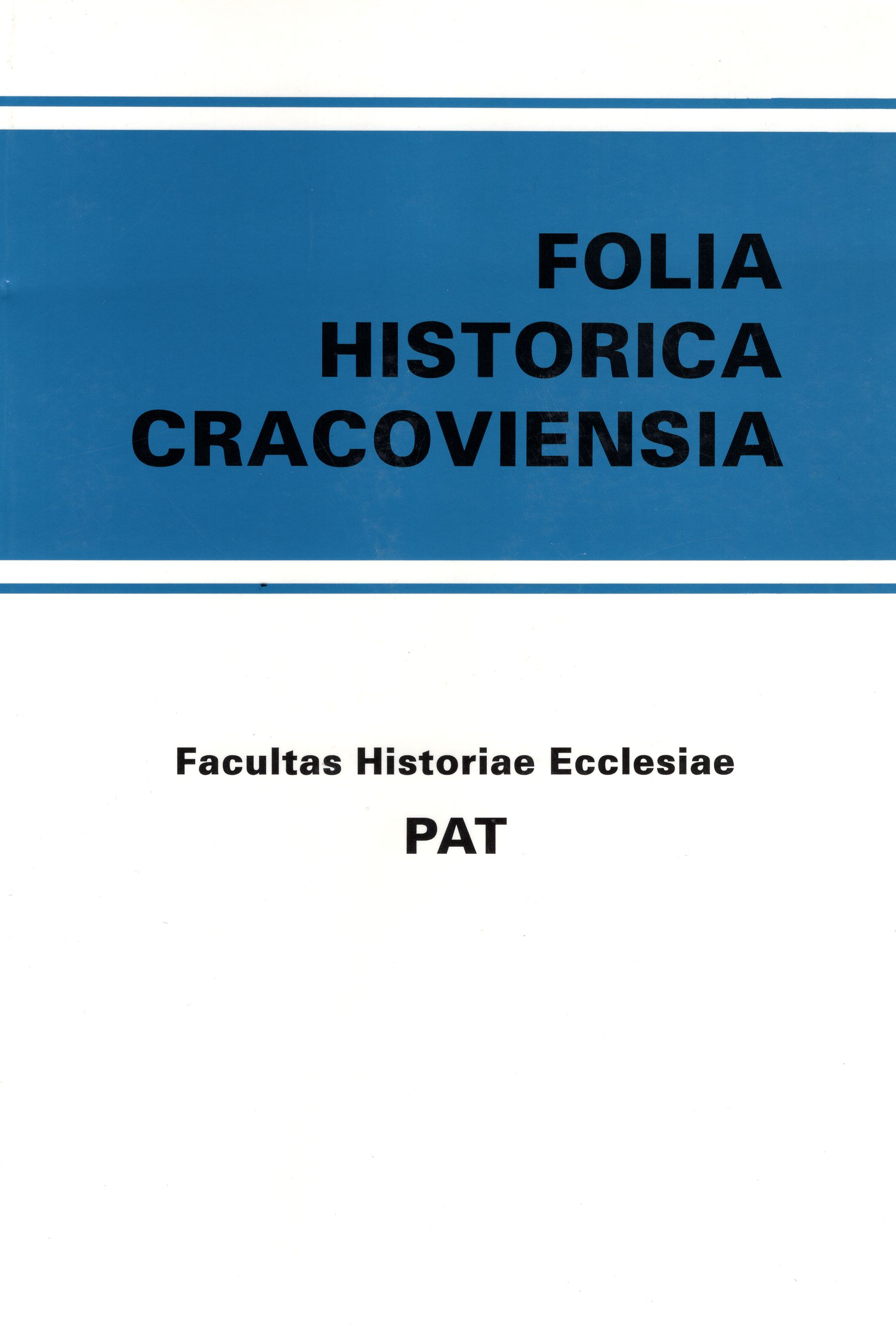Author(s): Franciszek Sowa / Language(s): Polish
Issue: 1/2003
St. Stanislaus, bishop and martyr, is one of the few saints of the Church bearing a traditional Slavic name. It belongs to an Indo-European Anthroponomastic system as a compound name whose components represent a pattern inherited from the period of the Indo-European community. This is a fortune-telling name (a nomen-omen) given to a child on a wish of the parents, who wanted him to be famous (Polish ‘slawa’ means ‘fame’)- Today, in our Christian culture, in choosing a name for the child we considerthe following: 1) the child ‘brought’ his/her name (i.e. is given the name of the day’s patron; this is the gist of our ‘nameday’), 2) a family tradition, 3) respect for the grandfather or father (grandmother, mother), 4) fashion. Today’s anthroponomastic system in Slavic languages (except Bulgarian) has grown cold leaving us unable to acquire precise understanding of the meaning of the name. Besides, nowadays names only denote, theydo not mean anything. Compound Slavic names refer in their structure to names from other groups of the Indo-European community and are closely linked with a nation’s spiritual culture and appropriate ultimate and instrumental values. In Indo-European languages a different number of lexical components is used in names as their first or second part: in Old Indian - 865; in Old Persian and Median - 43; in Greek - 1015; in the Celtic group - 336; the German one - 1800 and in the Slavic group - 220. The most numerous in Old Polish anthroponomastics were names with the component slaw. As the first component - slaw appears in 4 names, and as the second, in 100. This component has appeared from times immemorial in Indian, Avestan, Greek and Illyrian names. Name Stanislaus is known in all Slavic countries, while its feminine form only in Polish, Bulgarian, Serb and Croatian. In Poland it has been in use since very old times up to now. Numerous surnames and names of places derive from it. The popularity of the name waned slightly in the 19th century, but it has never come into disuse as was the case with many Slavic names, which were ‘dug out’ in the 19th century, and not infrequently, erroneously read. A great number of Indo-European names with the component - ‘slaw’ testifies to the fact that people who bore that name always wanted to be the bearers offame, good fame that is, such as St. Stanislaus, bishop and martyr, has enjoyed.
More...
